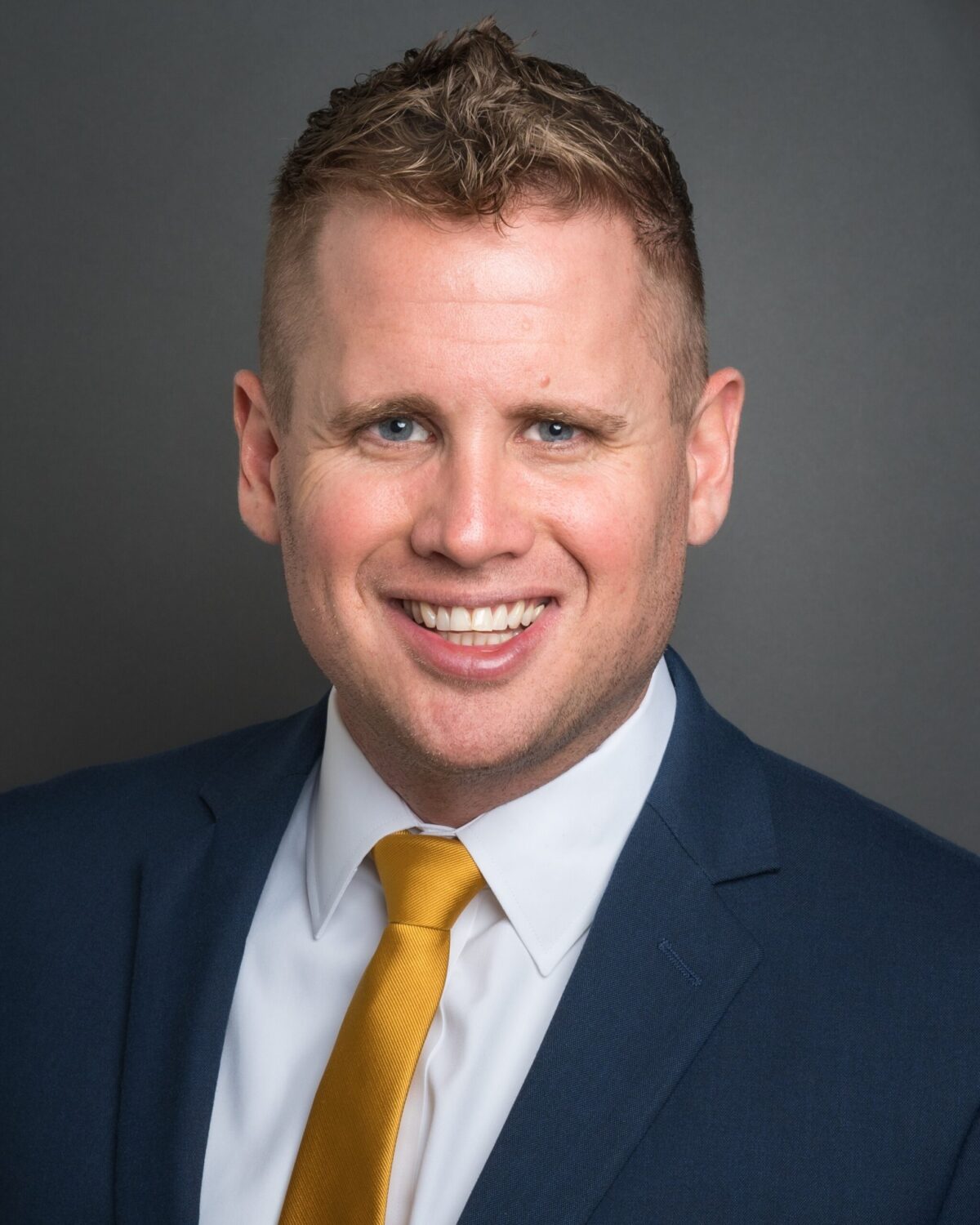What knowledge, skills and experiences have prepared you to serve on the Board?
I bring a strong combination of executive leadership, education advocacy, and hands-on community experience. As President and CEO of the Pearland Chamber of Commerce, I’ve led the organization to national recognition, including a 5-Star Accreditation and being named Chamber of the Year. My work has centered around strategic planning, good governance, and fiscal responsibility. I’ve served on education foundations for Pearland ISD, Alvin Community College, and Georgetown ISD, which deepened my understanding of what students and educators need to thrive. I’m also a Pearland ISD parent and the spouse of a teacher in the district, so I see the daily realities of our schools both professionally and personally. I believe in being an informed, accessible, and engaged trustee who listens and leads with integrity.
Considering the PISD 2022-2027 Strategic Plan, which of the identified goals do you believe is most at risk if the proposed school voucher bill is enacted and the basic allotment per pupil remains unchanged? What is your suggestion to address?
The goal most at risk is ensuring we “maximize financial assets to provide resources to meet student needs.” Vouchers would divert public funds to private institutions, and without an increase in the basic allotment, Pearland ISD would face even greater financial strain. That puts teacher support, academic programs, and student services at risk.
I’m especially excited about Pearland ISD’s new strategic plan, which includes clear, measurable outcomes. In my role leading the Pearland Chamber of Commerce, I use Key Performance Indicators every day to drive results and stay accountable. I understand the power of setting goals, tracking progress, and making data-informed decisions. I believe this approach will help us stay focused and resilient, even in a challenging funding environment.
To address the financial pressure, I’ll continue advocating at the state level for increased funding and push back on unfunded mandates. Locally, I’ll ensure our budget decisions are aligned with long-term goals and focused on protecting classrooms, supporting educators, and delivering results for students.
Recently many of the books that formed our collective educational experience have been banned in other Texas ISDs. Pearland ISD recently adopted state Penal Code 43.24 and approved a motion to resolve a complaint about a book. What is your personal view of what types of books should or shouldn’t be challenged?
Books in school libraries should be age-appropriate, educationally relevant, and reflect a range of perspectives that help students think critically and grow. They should also align with our curriculum and support the learning goals we’ve set for students. I support Pearland ISD’s current process for reviewing materials, which allows parents and staff to raise concerns while following a clear and fair policy.
The reality is, we won’t be able to please every parent when it comes to what they believe should or shouldn’t be allowed in our libraries. Families have different values and perspectives, and that’s okay. What matters is that we have a thoughtful, transparent process in place that allows concerns to be heard and evaluated case by case. These decisions should never be driven by politics or emotion, but by educational value, context, and community standards.
Reading should also be enjoyable. Students should have access to books that spark curiosity, imagination, and personal interests—because reading for fun is just as important as reading for learning. Our libraries should reflect the diversity of student interests and offer something meaningful for everyone.
Recent legislation has started applying these standards to teacher classroom libraries as well. While it’s helpful for parents to have a sense of what books are available across both the school library and their child’s classroom, we need to be mindful of how these policies are implemented. Any tracking or categorizing of books should not become a time burden on our teachers. I would hate to see teachers remove their classroom libraries altogether because of unnecessary demands placed on them. We have to find a balance that keeps parents informed without discouraging educators from offering diverse and engaging reading options in their classrooms.
There have been recent lawsuits challenging portions of Section 504 as unconstitutional. If a portion or the entirety of Section 504 protections are removed, what is your commitment to students currently protected by Federal Law?
My commitment to these students will not change. No matter what happens at the federal level, Pearland ISD must continue to meet the individual needs of every learner.
This is also personal for me. My son has a 504 plan, and I’ve seen how the right accommodations and early intervention can make a real difference. Because of that support, he’s thriving. His experience shows how important it is to identify student needs early and provide the tools that help them succeed.
If Section 504 is weakened or removed, I would support strong local policies that continue to offer students the support they need. That also means making sure we have the funding to serve students who may qualify for accommodations. These services are not optional. They are essential for helping students reach their full potential.
Every child deserves an education that works for them. That belief will continue to guide every decision I make.
What do you feel are the top priorities for Pearland ISD School Board within the next 2 years?
The top priorities are:
- Teacher support and retention – We must elevate educator voices in decision-making, reduce mandates, and improve compensation through creative budget solutions.
- Student outcomes and early intervention – Invest in programs that identify and support student needs early to ensure long-term success.
- Strategic planning and accountability – Stay focused on implementing the new Strategic Plan with measurable progress and regular community feedback.
- Advocacy for fair funding – Push the state for increased basic allotment and relief from unfunded mandates.
- Community engagement – Deepen partnerships with parents, staff, and students, ensuring all voices are heard in shaping the district’s future.


